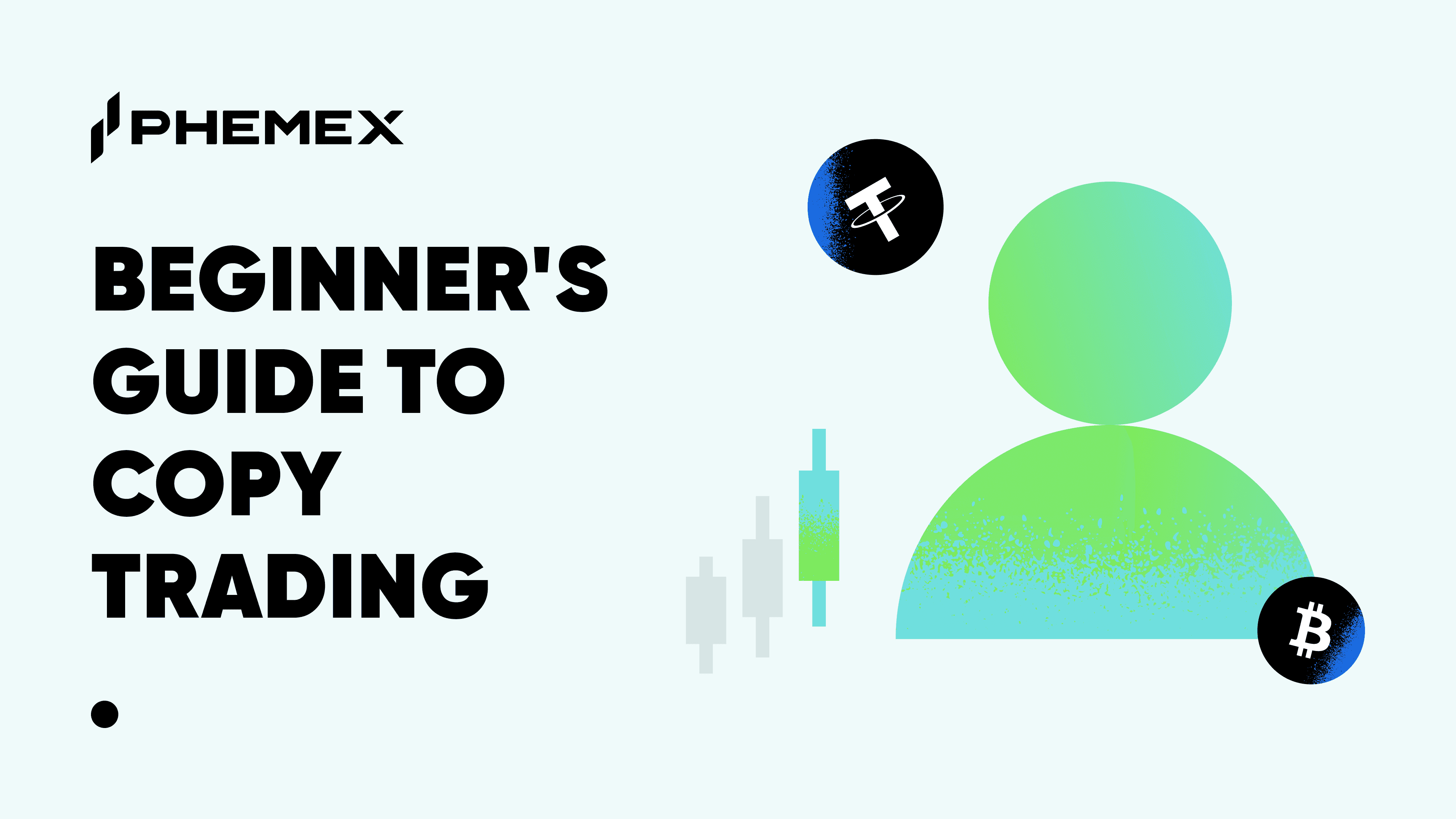Summary:
- How to take profits in crypto i.e. selling your crypto to lock in profits is usually easy to understand in theory but hard to practice in reality.
- This is because inexperienced traders are often led by their emotions, which causes them to hold on to risky positions longer than they should, in the hopes of more profit.
- Learning to take profits is important especially if you are a short-term investor, because it will shield you from volatility.

You know the feeling–you buy a coin, and it goes up and up, hitting your 10% target price. You congratulate yourself for your trading savvy, but decide not to sell–after all, why stop at 10% when it looks like it will go even higher in a day or two.
You wake up the next morning, check the charts, and feel like you’ve had cold water dumped on your face. The trend had reversed downward while you were sleeping, turning your +10% gains into -2% losses.
Here is where the importance of taking profits come in.
What does it mean to take profits in crypto?
Taking profits in crypto means to close out existing positions and realize profits when a coin reaches a predetermined price i.e. when you buy a coin and it appreciates, you sell it and lock in your gains. Basically, it’s an exit strategy.
It’s a simple concept, but can be hard to practice–because as described in the scenario above, emotion-led traders are often consumed with greed.
Further reading: What is Trading Psychology: The Single Most Critical Factor Between A Profitable and An Unsuccessful Trader
The desire for more profit causes them to hold onto risky positions for a longer time than they should, resulting in losses after a market correction.
This is why strategies for taking profit are necessary for crypto traders because the industry is notorious for high volatility and short-term price swings. A crypto profit-taking strategy helps traders shield themselves from volatility by regularly taking profits.
How to take profits in crypto: 2 key strategies
The dilemma every trader faces when deciding when and if to take crypto profits is whether to cash out all at once or continue to stay in the trade and wait for the coin price to go higher in anticipation of bigger profits.
Both are risky–if you take the first course of action, you might miss out on more gains, but if you take the second, you might risk whatever gains you’ve already made.
These strategies will help you balance out the risk.
1) Sell part of your position.
This is probably the simplest way to take profits without completely cashing out. By selling part of your position, you’re still invested in the market and stand to benefit from any future upside. But you’ve also taken some money off the table in case the market turns south.
For example, let’s say you bought 1 BTC at $10,000. If it rises to $20,000, you could sell 0.5 BTC for $10,000. At the same time, you still have 0.5 BTC–and if the price continues to rise to $30,000, you can sell for $15,000.
Your total profit = $15,000 ($25,000 – $10,000) as compared to $10,000 of profit if you had sold your entire BTC at $20,000.
2) Use a trailing stop loss.
A trailing stop loss is a dynamic stop loss that automatically adjusts as the price moves in your favor.
For example, let’s say you bought Bitcoin at $10,000 and placed a trailing stop loss at $9,500. As the price rose to $11,000, your stop loss would have adjusted to $10,500.
When price starts falling from the high of $11,000, your stop loss gets converted to a market order at $10,500. This way, you would have pocketed a profit of $500 even though the price eventually fell back to $10,000.
Which is the better strategy? That really depends on your risk tolerance and investment goals. Whatever you do, make sure you have a plan for taking profits before you get too deep into the market.

When to Take Profits in Crypto Trading
The best time to take profits will depend on several factors, including your overall strategy, the current market conditions, and your personal goals, namely:
1) When you reach your profit target: Once you reach your profit target, sell your coins and take your profits. Again, this is easier said than done sometimes, so have a trading plan incorporating the strategies from the above section, and stick to it.
(Of course, if you are a long-term investor, you may not need to take profits as often as a day trader. Instead, you can wait for major market milestones which may happen months or even years down the road before you decide to sell.)
2) When the market is volatile: Some traders take profits when the market is volatile to lock in their gains. This can be a good strategy if you are worried about a sudden market crash.
3) When the market is overbought: If the market is overbought, it may be a good time to take profits. This is because the prices are likely to fall back down to more realistic levels. A good indicator to check overbought levels–the Relative Strength Index (RSI.)
How to take profits from crypto without selling
Not all profit-taking strategies involve selling your crypto. Some strategies enable you to hold your crypto for the long term (because you believe its value will continue to appreciate), while enabling you to take profits without exiting your position.
Here are two ways to do just that:
Crypto staking
Crypto staking is a great way to earn recurring gains. The interest earned from crypto staking can go as high as 8% or even more sometimes, although one should remember that staking is not a risk-free venture. The key is to stake only with established, reputable exchanges, DEXs and wallets.
A low-risk way is to join the Phemex Earn program offering various cryptocurrencies with flexible staking periods.
Peer-to-peer lending
Another good way to take profits in crypto without selling your portfolio includes peer-to-peer lending offered by many decentralized finance (DeFi) platforms.
Peer-to-peer lending can be very profitable especially for investors with a large crypto holding in their wallets. Peer-to-peer lending allows an individual to loan money to other individuals just like a bank would, in return for interest payments (some peer-to-peer lending platforms promise a yield between 10% and 20%.)
Popular P2P crypto lending projects include Aave, Compound and MakerDAO.
Tip: for a list of the best yields by asset and chain, check out free tools like DeFiLlama.
Conclusion
The volatility of the crypto market makes it necessary for traders to regularly take profits from their portfolio. However, profit-taking can be a tricky thing as traders are often tempted to hold on to their coins and wait for prices to go even higher.
This can lead to losses as the market trends downward and corrects itself, undoing gains that the trader could have already pocketed.
As such, having a strategy is only half the battle; one must have the discipline to stick to it.
Read More
- Effective Exit Trading Strategies: How to Exit Trades in Profit
- Crypto Trading vs. Investing: Key Differences Explained
- How To Trade Crypto: The Ultimate Investing Guide
- Buy Low, Sell High Crypto: 4 Things To Do (3 To Avoid)
- What Is Momentum Trading? Profiting from Market Volatility
- Day Trading Crypto for Beginners: Get started with Day Trading
- When Is The Best Time To Sell Your Bitcoin and Crypto?
- How to Short Bitcoin (BTC)? Steps, Benefits & Risks Explained









